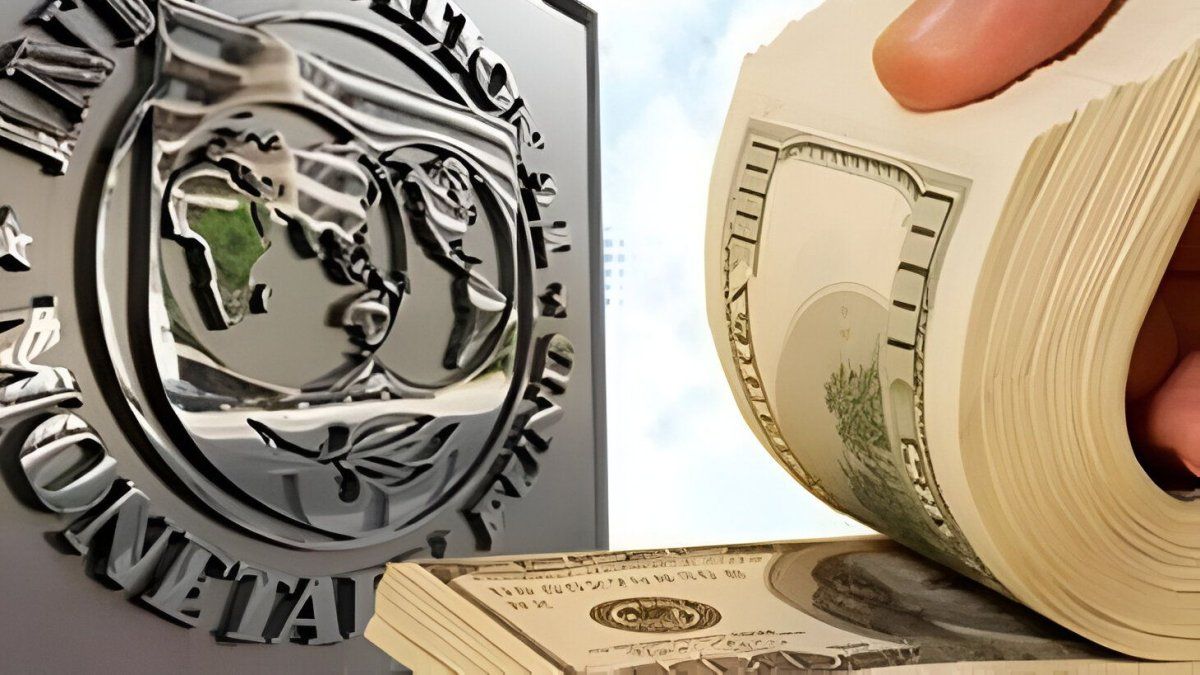Given a very high inflationary context (the latest CPI indicated that in the first six months the index accumulated a rise of 50.7% so far this year), there are few options to efficiently hedge against rising prices.
He Consumer Price Index (CPI) accumulated so far this year 50.7%, while in the last 12 months, it reached 115.6%. For an investment to have “beat” the rise in prices, that should be the minimum level of profitability. Let’s go step by step.
The content you want to access is exclusive to subscribers.
The blue dollar closed the year at $346 and on June 30 it ended the day at $494, which implies a nominal rise of $148, a rise of 42.8%, thus remaining below the rise in prices.


Let’s look at the traditional fixed term. At the beginning of the year, the annual nominal rate was 75% (6.25% monthly), and in April it rose to 78% annual (6.5% monthly), in May it rose to 91% annual (7.6 % monthly) and finally in June 97% annually (8.1% monthly).
If we take into account the TEA (annual effective rate) which would be to reinvest capital and interest every month with the last value (97% per year) we would have had a gain in the semester of almost 60%. But this was not possible since at the beginning of the year the value of the TNA was 75%.
Now, if every month I took the capital and interest and made a fixed term for 30 days with the current rates of the BCRA, the TEA for six months was located at 47.75% and was also below inflation.
Investments that beat inflation
Regarding equities, the S&P Merval in the first semester rose 106% versus inflation of 50.7%. Some papers registered strong increases such as: Edenor +167%, Pampa Energía +94.52%, and YPF +132%.
Source: Ambito
I am a 24-year-old writer and journalist who has been working in the news industry for the past two years. I write primarily about market news, so if you’re looking for insights into what’s going on in the stock market or economic indicators, you’ve come to the right place. I also dabble in writing articles on lifestyle trends and pop culture news.




